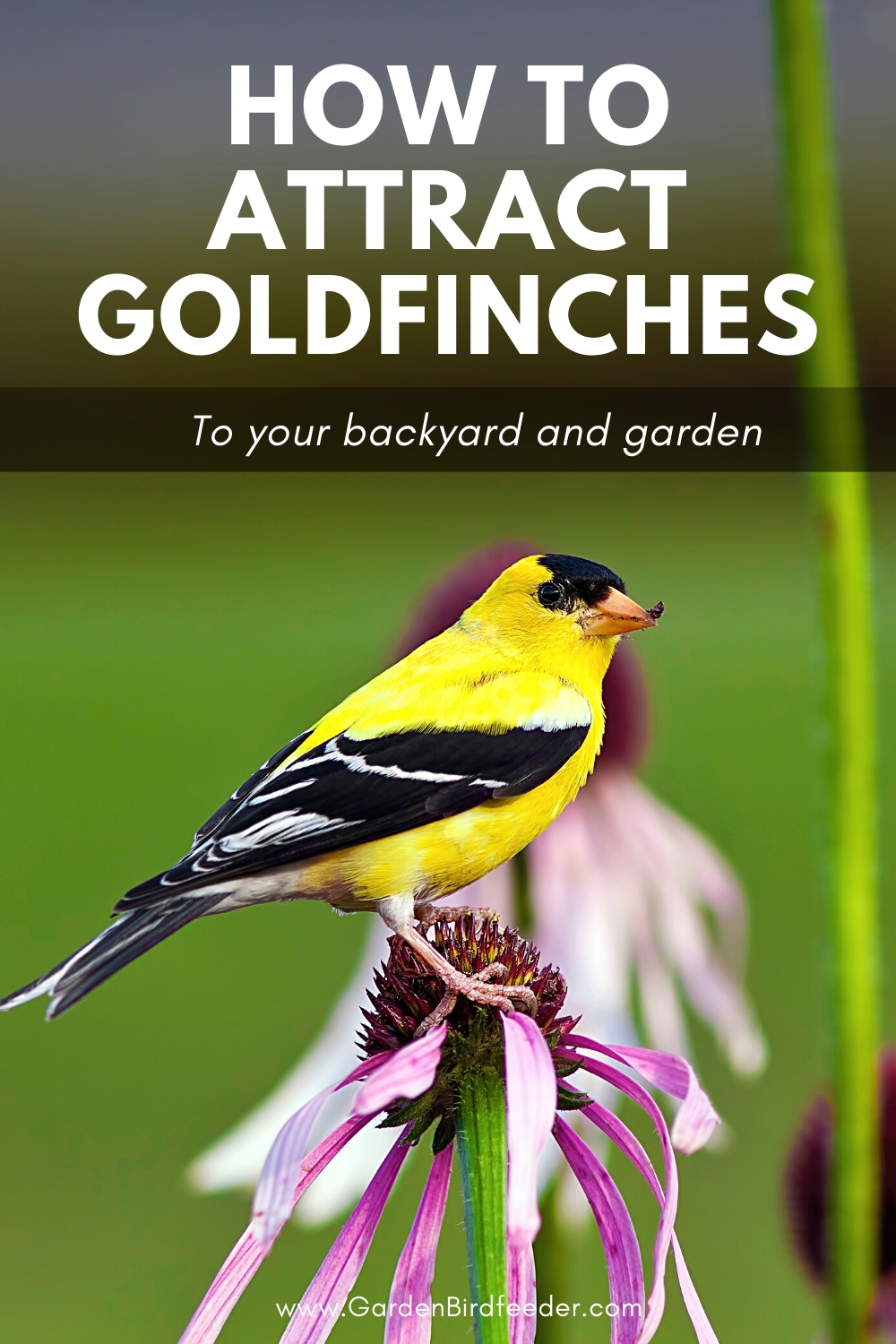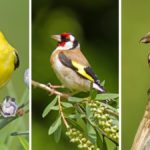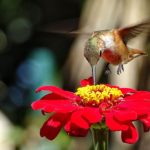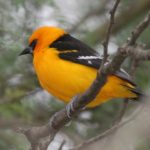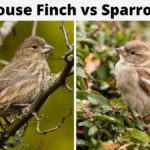Nature lovers who attract finches will enjoy the sights, sounds, and antics of these fascinating birds. You can join them by learning how to attract finches to your yard.
The American Goldfinch is so beloved that Iowa, New Jersey, and Washington all claim it as their state bird.
Goldfinches and finch family members are some of the most welcome birds in North American backyards. They are also some of the most recognizable.
Why We Love Finches
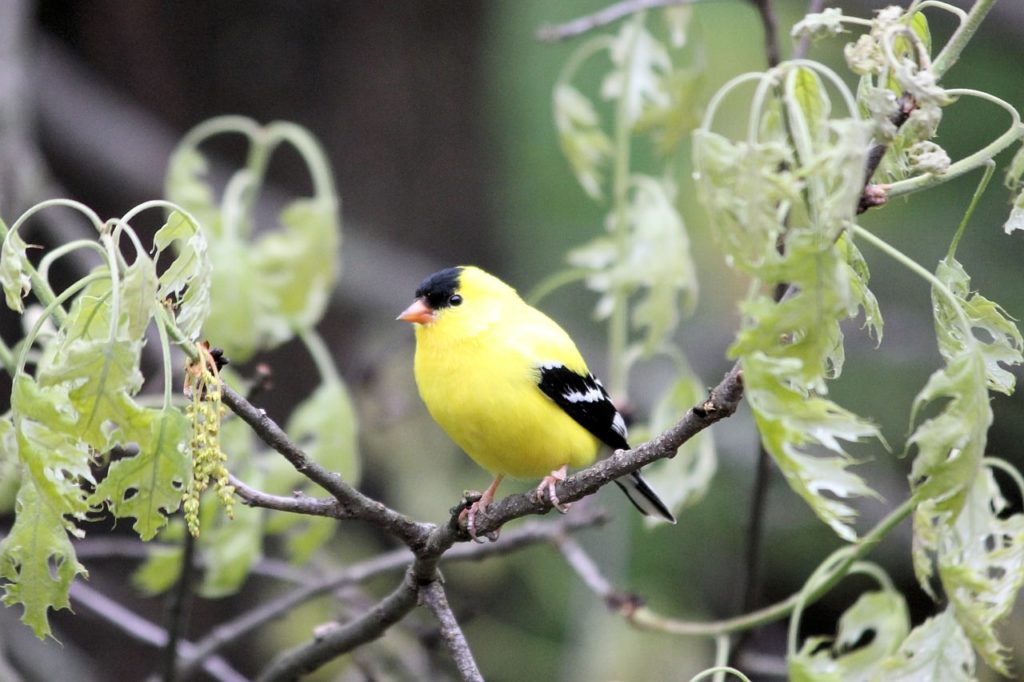
There are many reasons bird lovers find finches so appealing in the garden. Part of it is watching the males showing off their colorful plumage. They perform acrobatic feats and maneuvers while sharing their distinctive song. It is hard not to stop what you’re doing to watch and listen.
The more drab, camouflage-colored females can be as active and just as vocal as the males. They are a very busy and attractive bird who is unbothered by and often oblivious to human activity.
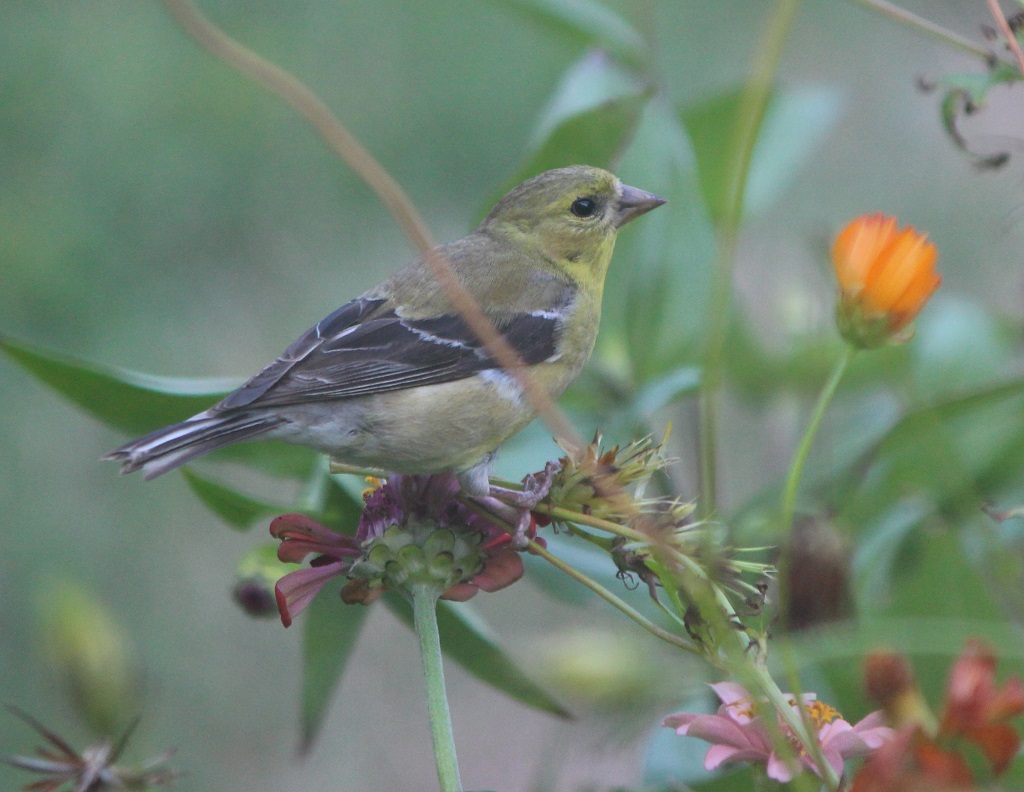
Most of the finch family are migratory birds. They spend the warmer days of spring and summer in northern climates and then fly south for the winter. They nest later in the year than most birds, often into early autumn. One reason is to take advantage of the abundance of seeds and grains available to feed their young at this time of year.
The goldfinches are generally monogamous birds that raise 1-2 clutches a year. The young leave the nest around 17 days after hatching. Each clutch might be anywhere from 3-7 eggs, which take about two weeks to incubate. The female builds a nest of materials often found from the same plants on which they feed. Thistledown is a favorite along with milkweed fluff and fiber.
How to Attract Finches to Your Yard
Attracting finches to your feeder and other areas of your yard isn’t difficult. Once they’ve discovered the free meal, you will have daily visits from your new feathered guests. There are three main things needed to both attract finches to your yard and to keep them coming back.
Include a Water Source for Drinking and Bathing
A nearby source of water is a necessity if you want to keep finches returning. It can be a stream, fountain, or even a birdbath as long as the water is clean and fresh.
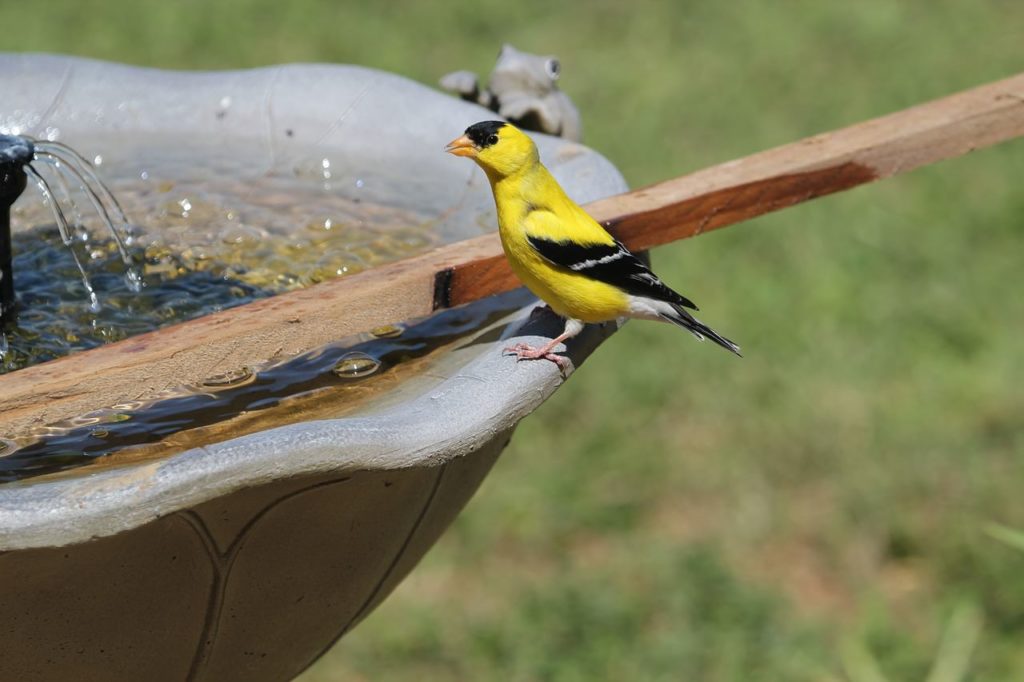
If providing birdbaths, place small rocks, or marbles in the basin to help them realize the water is shallow. Birds have little to no depth perception and will avoid it if they think it is deeper than an inch or two.
Provide Varying Types of Food
Finches are granivorous birds, which means they survive on a diet based on grains and seeds. They may also eat the occasional insects, but the seed is their first choice. Thistle or Nyjer seeds are at the top of their list along with black oil sunflower seeds.
Finch Feeders
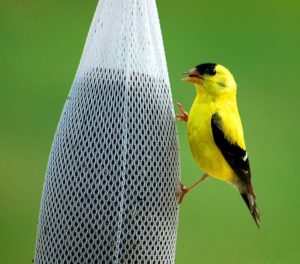
The Nyjer sock is a favorite to attract goldfinches.
There are many types of popular bird feeders designed to attract finches. It comes down to offering the right food to entice them. Nyjer bird seed is always a popular choice with finches.
Whichever feeder you use, just like with waterers, be sure to keep them clean. Birds can transfer diseases and illnesses to each other just by visiting the same feeding station or water source.
Flowers That Attract Finches
In addition to bird feeders, finches will also flock to your garden in late summer to feast on your garden’s seeds. Here are a few flowers that produce an abundance of their favorites.
- Asters
- Black-eyed Susans
- Coneflowers
- Cosmos
- Daisies
- Goldenrod
- Marigolds
- Poppies
- Sunflowers
- Zinnias
When these flowers go to seed, by all means, please don’t cut them down. While it may look a little messy, it is a small price to pay to feed the birds some of their favorites. The birds will love it and come to your garden in droves to feast on the flower seeds.
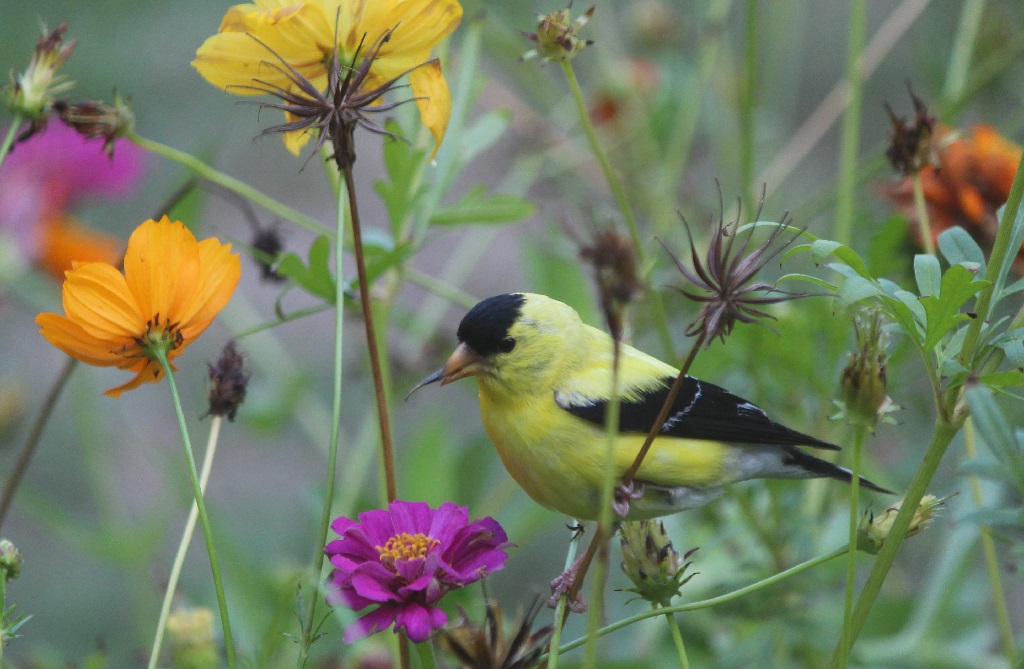
Create an Attractive Habitat With Shelter
Providing adequate shelter can help encourage finches to stay around your yard and raise their young. While tall trees are welcome right along with open meadows and brushy areas, the American Goldfinch actually prefers weedy fields. It is not uncommon to observe a flock of finches descending into a wild field full of thistles and making it their summer home.
It is possible to recreate a garden area like this by planting sunflowers, thistles, asters, and milkweed. These plants and many others will provide the birds’ shelter as well as food and nesting materials.
Finches like to build their homes in a structure that supports their cup-shaped nests. A few of their favorite shrubs and trees include dogwood trees, elderberry, Hawthorne, and buttonbush. Shady areas between three to ten feet off the ground are a prime location for nest building.
Fun Finch Facts
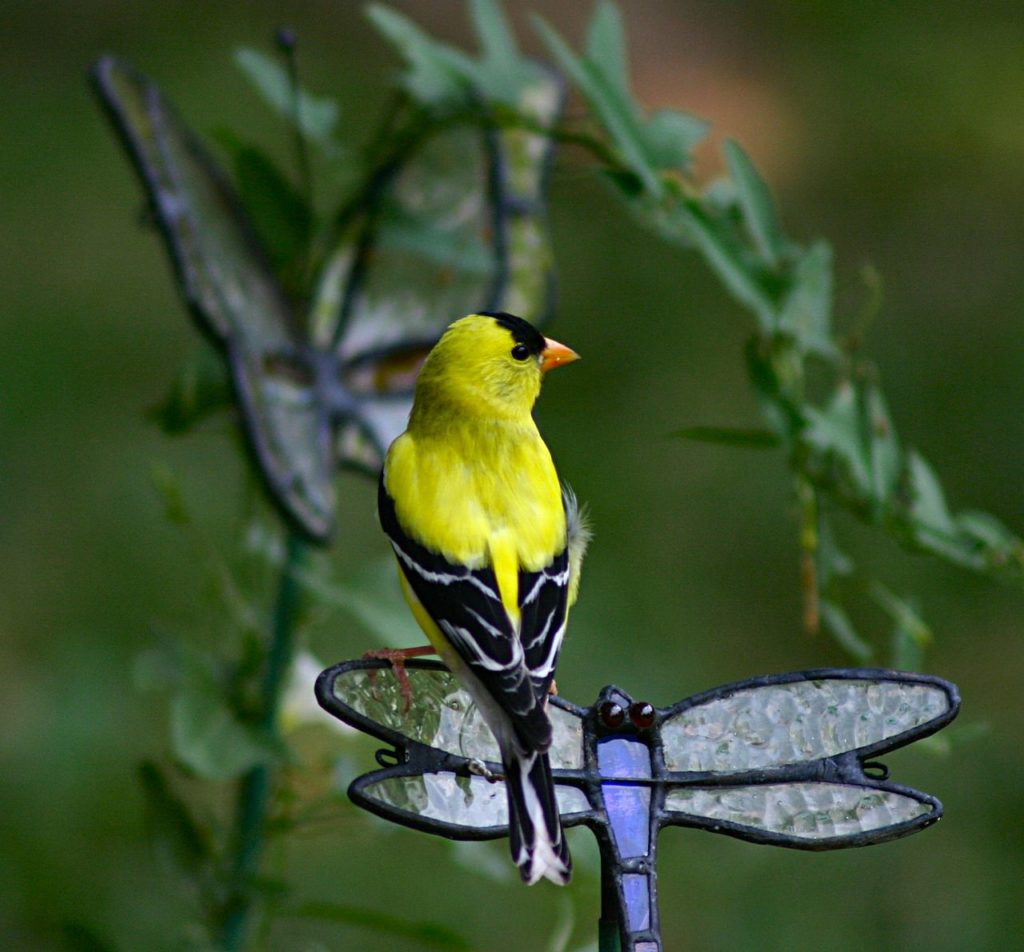
Most finches are in the area of the 5 or 6-inch size range. These smaller birds are dwarfed by their cousins, the grosbeaks, who come in closer to 8 inches in length.
Goldfinches are a very social bird, sometimes congregating in big flocks during feeding time. They are also observed in large numbers during migration periods. Goldfinch pairs tend to have identical calls while in flight and are easily identified by their mates and other finches.
American Goldfinches can have long lives for a wild bird, averaging around 6 years. One of the oldest recorded birds was aged 10 years and 9 months when it was recaptured and released in a Maryland study.
Issue an Invitation
Now that you’ve learned how to attract the lovely finch, it’s time to get started.
Set up your feeders, ensure your backyard has both water and shelter, and plant their favorite flowers. Then just sit back and wait. The birds will appreciate your invitation and start arriving soon. Once you begin welcoming these bright and cheerful little birds into your yard, you’ll wish you’d done it years ago.
Like It? Pin It!
